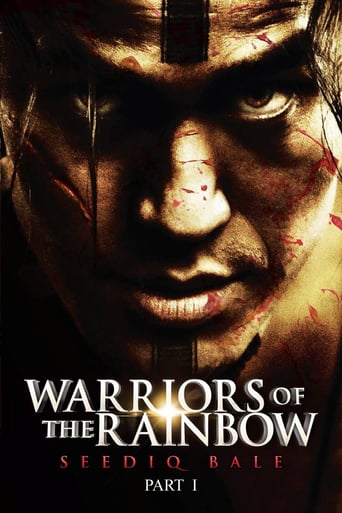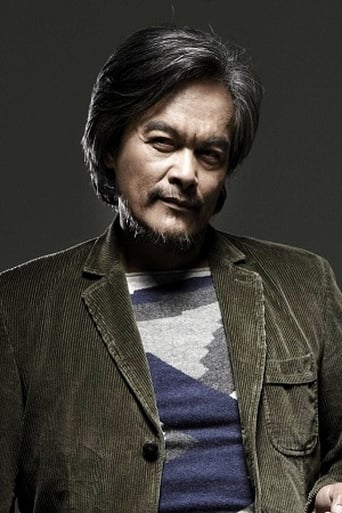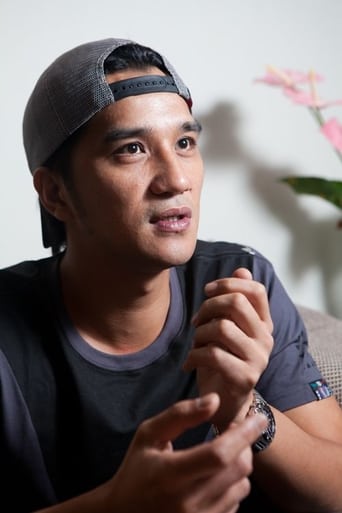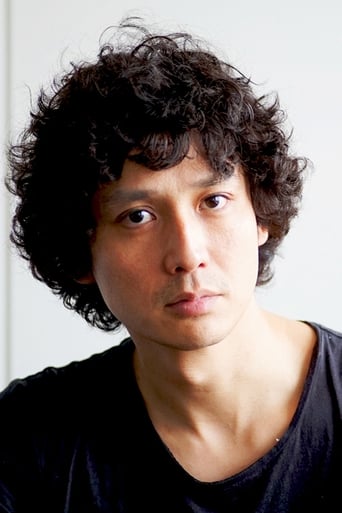

Warriors of the Rainbow: Seediq Bale - Part 1: The Sun Flag (2011)
An indigenous clan-based people living in harmony with nature find their way of life threatened when violent interlopers from another culture arrive, intent on seizing their natural resources and enslaving them. Warriors of the Rainbow: Seediq Bale - Part 1: The Sun Flag is Part one of the two-part, four-hour Taiwanese edition of the film Warriors of the Rainbow.
Watch Trailer
Cast
Reviews
Too much of everything
I like movies that are aware of what they are selling... without [any] greater aspirations than to make people laugh and that's it.
By the time the dramatic fireworks start popping off, each one feels earned.
This is one of the best movies I’ve seen in a very long time. You have to go and see this on the big screen.
Japan took possession of Taiwan from China when it was ceded to them after China's Qing Dynasty lost the first Sino Japanese war of 1884 – 1885 and we first pick the story up there. The Japanese were a more controlling Colonial force and did not tolerate aboriginals such as the Seediq and called them 'Seiban' or 'barbarians' and treated them as inferiors. They ruled harshly and built up resentments that led to a number of insurrections that led to The Wushe Incident of 1930 that is the central point of this film.The indigenous tribes had also fought one another over hunting grounds and other causes for centuries and the divisions that this caused are exemplified here and indeed how the Japanese exploited such to turn tribes against each other. The chief of the Seediq was Mouna Rudau and he ha tried appeasement but one slight too many pushed him to seek to join the tribes together and make a stand against the vastly better equipped Japanese. Once the die was cast they had all foreseen where it would end.Now this film sticks to the documented facts extremely well, the acting is all excellent and there is a ton of action. It was made in 2011 but some of the CGI is a bit obvious. Despite that this will bring you along for a great roller coaster ride of action. The fight scenes are all done extremely well and when people get hurt they really are hurt. This is a great tribute to the culture of the Seediq and their allies and to a part of history that we have not heard much about. It is also the sort of film you could easily watch again. In aboriginal, Japanese and Hokkien with pretty good subtitles and a run time of just over two and a half hours – every second of which is put to good use – completely recommended.
Sure gets the blood up. The main guy was great and the kid was better. I watched it on DVD and my subtitles were hit and miss and mostly miss and I suspect that made it better. I was captivated. It's fascinating. I was warn out. It's bloody. Too bloody? Probably but with reason, irresistible force and immovable object. I don't care for senseless violence, this isn't. I give it a seven but then I don't speak any of the languages. I just had to know if there is any truth to it. The internet says yep some. Awesome! Reminded me of Native Americans. I was pleased it's not sugar coated. These savages were savage, that's the point of view and I went with it. Only partially because I don't know the languages, I didn't get the Japanese view. That might have been nice perhaps that's in the full length version.
I walked out of the cinema with both surprise and worry. I'm worried because maybe this is not a very good film, especially not a good "commercial film" to make both ends meet, but I'm really glad to see that Te-Sheng Wei can still insist on his idea even in such a big production.Before going to the theater, my first concern was whether it would become a stereotypical nationalism or humanism film, because The Wushe Incident had been represented so many times in our history class in Taiwan that it seemed to be too difficult to make this film without compromising on political correctness, but Te-Sheng Wei made it!Sàidékè balái presented a mass of killing and death, not in a humanism or Han Chinese Nationalism way, but from the aspect of the Seediq. I have heard people arguing if it is necessary to have so much violence in this film, but I have to say that the value of peace or anti-war is the main stream nowadays but not so to the traditional Seediq that time. Therefore, I think the director is not a moral relativist, he just chose not to judge the past with today's value, and resisted the mainstream that drowned the voice of the minority.It impressed me that there was little Chinese or Taiwanese through out this film. Instead, the film is composed of Seediq language and Japanese. We should cherish it that 80 years after the The Wushe Incident, we can finally see a film which represents historical event not based on the authority opinion but on people who didn't lead the history, i.e. the native.
First of all it is better to watch the film in full 4.5 hr instead of watching as 2 parts, which is what I did in film fest.Secondly, you have to know a little of history and tradition of Taiwan and roles of aboriginals to truly have a feeling for the movie. Just Wiki "Wushe Incident", and "Taiwanese Aboriginal" and that makes things much better as you watch.Anyway back to the film, the selling point seems to be all the killing, the action, the big budget. However after watching it I've found out it's more about the value of "death" that the film tries to bring to us, and death weights in front of abstract values such as "tradition", "dignity", etc.It's really an entertaining film for sure and throughout the 4.5 hrs time just flies, and you have to adjust yourself to have that desire to discover more about aboriginals believes and ways of living, much like watching documentary films mentality.I can't stop comparing this "Civilization vs. Barbarian" plot to what is happening in middle east right now. In such sense history is repeating, and the film is definitely pointing out how pointless the loss of lives is (depends on which stand you are taking though).Overall this is one of the best and most enjoyable films in recent years. The director is trying to lead us to think critically towards topics on death, values, tradition and how these would change when worlds collide.


